|
The ATL skills are the foundations of IB MYP education. Developing the skills ensures students are learning how to learn so they are adaptable for lifelong learning. These skills of Communication, Research, Self Management, Social and Thinking are applied in a wide variety of situations in MYP Music. Throughout the last couple of years, I have made a conscious effort to be more explicit in my teaching of them to ensure students recognise and reflect on the skills that they are developing. More importantly how they can use those skills in a variety of situations.
With the help of AI and some editing. I have produced this poster on some of the ATL skills and how they are applied in Music. Please feel free to use and share amongst the community under creative commons usage.
1 Comment
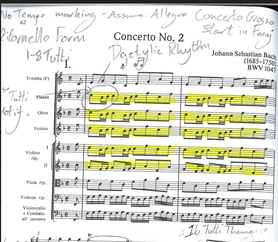 Example of note-taking on a score. Example of note-taking on a score. There are several different approaches to analysing music. what is important is to show a deep understanding of the music, analyse, discuss and evaluate what is happening in the music. This aims to look at some of the basics. Listen to music. Can you pick out any key detail from your first listen to the music? When discussing what is happening in the music, quite often students can miss out on the obvious. Start with what stands out in the music, what kind of mood and tone is the music set out to have? Which instruments are taking the lead? What is particularly interesting about the music? Use a score and make notes Ensure you have a score and make notes of what you think is happening in the music. Make references to specific parts of the music that interest you. Use highlighters and a range of colours for different themes, motifs or sections. You will need to refer to the score and bar numbers in your writing. (See example). If you do not have a score, make a graphical score. It helps you to visualise the music and see how all the elements fit together. You don’t have to be a great artist to make one. Add timing marks so you know what is happening and when. Generate-Sort-Connect-Elaborate This is a project zero thinking routine I like to use when starting a musical analysis and writing about music. (Harvard School of Education, 2016)
DR (CP) SMITH This is a handy mnemonic to remember as it helps to ensure that the basic elements of music have been covered for discussion. Each of the letters stands for a different element of music. The CP in the middle is optional and stands for Context and Purpose, to help contextualise and understand the meaning of the music. DR CP SMITH stands for
Get an IDEA Another useful analysis tool I have used in music and inspired by Samuel Wright (2021) in Music for the IB MYP 4&5. The strategic listening idea is to get an IDEA. Identify, Describe, Explain and Analyse. This also helps to provide a good framework for writing more in-depth about the music. Identify sounds and patterns you hear. Describe how they are being played, presented or layered Explain what role they play in the structure of the work Analyse the smaller parts (intervals, motifs, sequences, to their outward larger parts of the form, modulations, phrases and cadences. (Wright, 2020) Use a table/template to organise your thoughts and ideas Using a table is another way to help organise ideas. Also helps with being able to organise, thoughts and ideas to be able to discuss them in the assignment. One example is below of a template we use in class. Plan your paper
If you are writing to a question, highlight the keywords in the question to understand exactly what the question is asking you. It is easy in a question to start talking about the context rather than showing your understanding of the music itself. For example, in a paper on the use of themes in the Brandenburg Concerto no.2, half of the paper is on the story of Bach’s life. Talk about the music and talk about the context of the music if it serves to answer the purpose of the music. Kelly (2011) highlights when analysing music “Ultimately, you will need to select, organise, and explain fully only those musical details that connect to your argument.” Avoid a play by play analysis too. It is natural to lend yourself to analyse as you listen through the piece, but it does not lend itself to high levels of critical thinking and analysis. Instead, focus on the key points you want to make and find examples in different parts of the music to reinforce your argument. Think about the key points you want to make and be sure to reference either bar numbers or timings in the piece. Think about the purpose of the music and hypothesise, analyse, discuss, and evaluate. There is no such thing as a completely correct answer, but there is an insightful and well thought out answer backed with evidence. Use terminology and build your vocabulary. It is easy to write a lot describing what is happening in the music when there is already a term that describes it. I would recommend the oxford music dictionary of terms. It is useful for remembering tricky musical terms. My copy got me through University, my masters and my career as a music teacher. Also, practice on tools like Quizlet to build an understanding of the common terms that are used. References: Kelly, T.F. (2011) Writing about music: A guide to writing in A & I 24. Available at: http://writingproject.fas.harvard.edu/files/hwp/files/ai_24_guide_to_print.pdf (Accessed: 14 January 2022). Harvard School of Education (2016) Generate, Sort, Connect and Elaborate. Available at: http://www.pz.harvard.edu/resources/generate-sort-connect-elaborate (Accessed: 14 January 2022) Wright, S. (2021) Music for the IB MYP 4&5: MYP by Concept, Hodder Education, London I am very happy to share my latest article with the ISN on developing effective feedback with students. It is based on in-depth research I did a couple of years ago. Please give it a read. https://bit.ly/34QxQTk
#education #feedback #ibdp #ibmyp #research #students The exam period can cause many students anxiety and stress. Lots of that is due to the bad habits that they pick up. Even more so when there are so many distractions. Many students already know what the good and bad habits are. It is a case of reminding them and trying to come up with solutions to break the bad habits. Students in my year level were asked in groups to reflect on what are good study habits they have and which bad habits they have. They were then asked to pin up their work and discuss the ideas of the other groups. Students were able to discuss and understand what good habits they need to employ but also what stops them studying. They can understand what the good habits are.
Their list included; Good Habits
Bad Habits include
|
About meI am the Projects Coordinator and Senior School Music teacher at XCL World Academy in Singapore. I have over 10 year of IB teaching experience and working on bringing great learning experiences and opportunities to students. Archives
January 2022
Categories
All
|


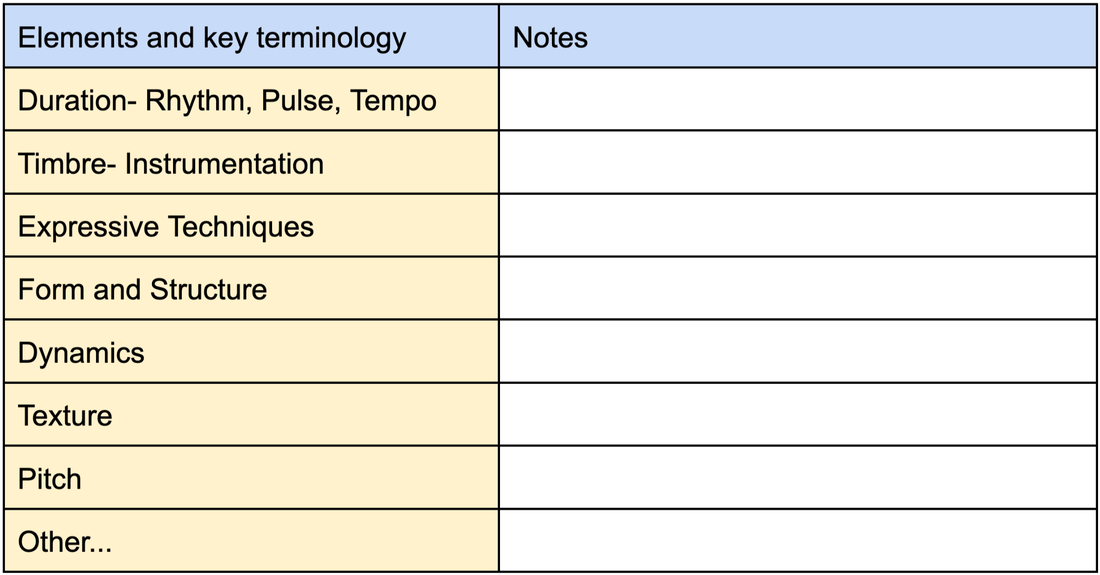

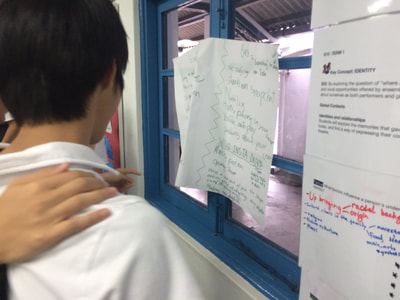
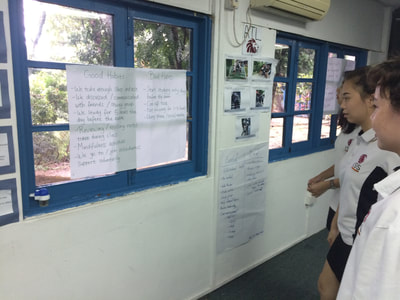
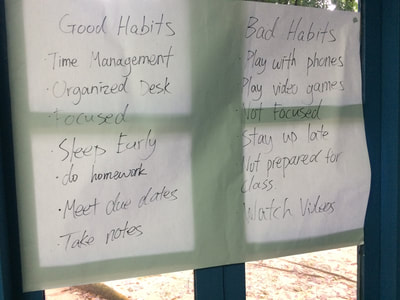
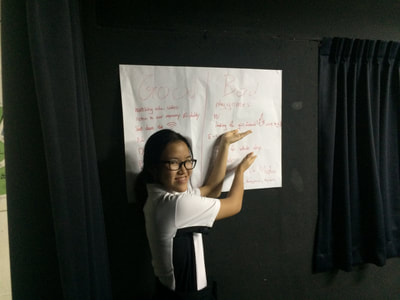
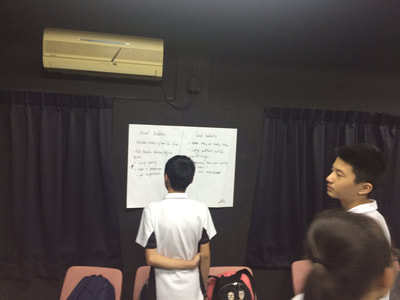
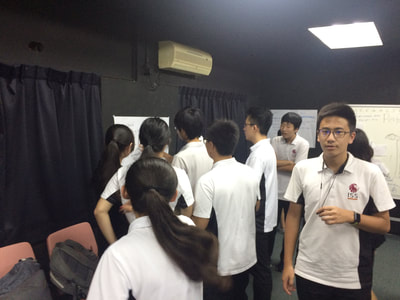

 RSS Feed
RSS Feed
